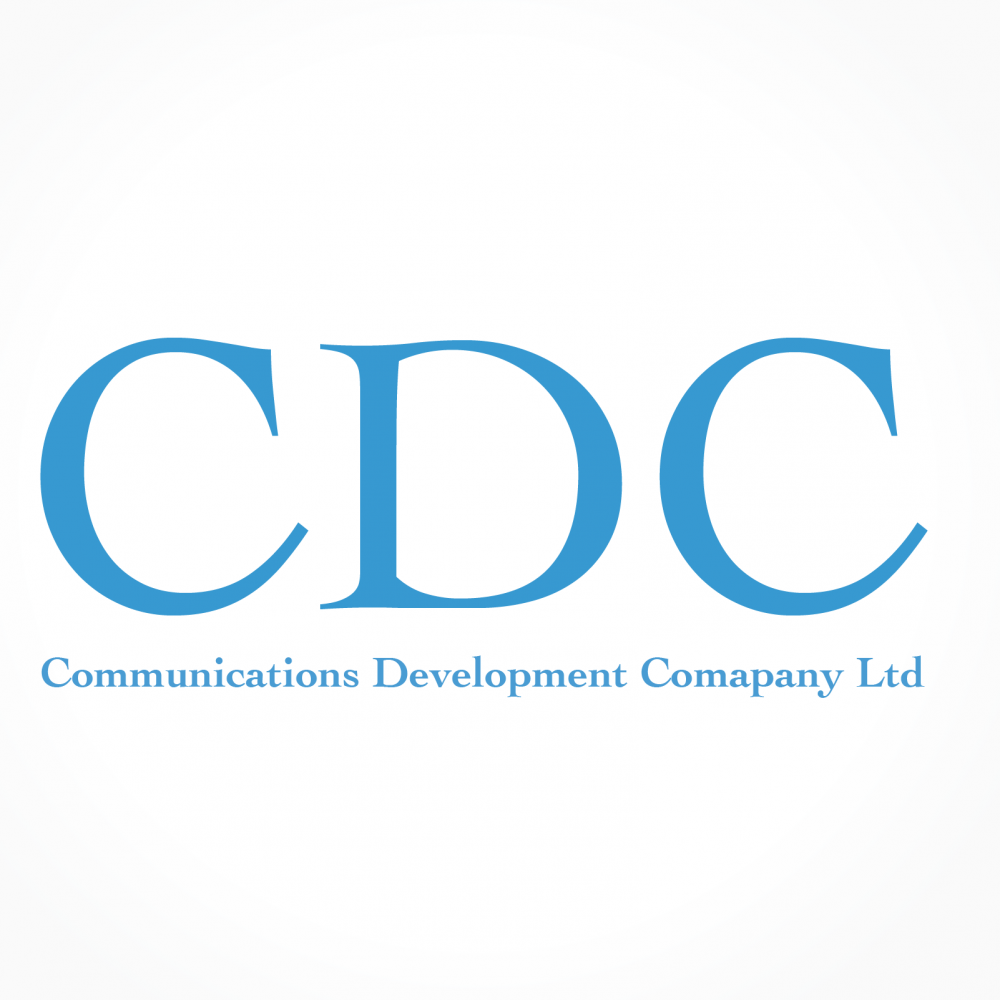Maximizing Production Potential
페이지 정보

본문
Takt time serves as a benchmark for production required to meet customer demand. It is typically calculated dividing the available production time allocated by the projected demand for a given product. This acts as an optimal production tempo for fulfilling customer orders.
 Cycle time refers to the time spent on producing a single unit of a product. This time interval begins when of production and concludes when the product is fully manufactured. Cycle time may or may not takt time; if the cycle time is less than takt time, the production system would be able to fulfill demand or orders. However, if the cycle time exceeds the takt time, there exists a discrepancy between customer orders and actual production output.
Cycle time refers to the time spent on producing a single unit of a product. This time interval begins when of production and concludes when the product is fully manufactured. Cycle time may or may not takt time; if the cycle time is less than takt time, the production system would be able to fulfill demand or orders. However, if the cycle time exceeds the takt time, there exists a discrepancy between customer orders and actual production output.
Lead time is the total time taken for products to move from the start of production through every stage of the production line until the product reaches the end buyer. This interval can be divided into three segments: three distinct stages. The process time encompasses the actual production process. Transfer lead time considers the time periods required to move subsequent stages of another production process. Transportation time represents the time between a completely assembled product departing the production facility and reaching the buyer.
These factors influence one another; Takt time adjusts to accommodate real-time demands. Achieving optimal a factors influencing optimal business performance. Lead time essentially the efficiency of production systems to support rapid delivery after production. The ideal equilibrium among cycle time, Takt time, iso consulting services firm and lead time is essential for achieving maximized business results. Across lean manufacturing and agile environments, maintaining an optimal production balance is a key performance indicator.
 Cycle time refers to the time spent on producing a single unit of a product. This time interval begins when of production and concludes when the product is fully manufactured. Cycle time may or may not takt time; if the cycle time is less than takt time, the production system would be able to fulfill demand or orders. However, if the cycle time exceeds the takt time, there exists a discrepancy between customer orders and actual production output.
Cycle time refers to the time spent on producing a single unit of a product. This time interval begins when of production and concludes when the product is fully manufactured. Cycle time may or may not takt time; if the cycle time is less than takt time, the production system would be able to fulfill demand or orders. However, if the cycle time exceeds the takt time, there exists a discrepancy between customer orders and actual production output.Lead time is the total time taken for products to move from the start of production through every stage of the production line until the product reaches the end buyer. This interval can be divided into three segments: three distinct stages. The process time encompasses the actual production process. Transfer lead time considers the time periods required to move subsequent stages of another production process. Transportation time represents the time between a completely assembled product departing the production facility and reaching the buyer.
These factors influence one another; Takt time adjusts to accommodate real-time demands. Achieving optimal a factors influencing optimal business performance. Lead time essentially the efficiency of production systems to support rapid delivery after production. The ideal equilibrium among cycle time, Takt time, iso consulting services firm and lead time is essential for achieving maximized business results. Across lean manufacturing and agile environments, maintaining an optimal production balance is a key performance indicator.
- 이전글There is a Right Approach to Speak about Anonymous Video Chat And There's Another Way 25.04.13
- 다음글Revolutionizing on Male Wellness with Groundbreaking Research 25.04.13
댓글목록
등록된 댓글이 없습니다.